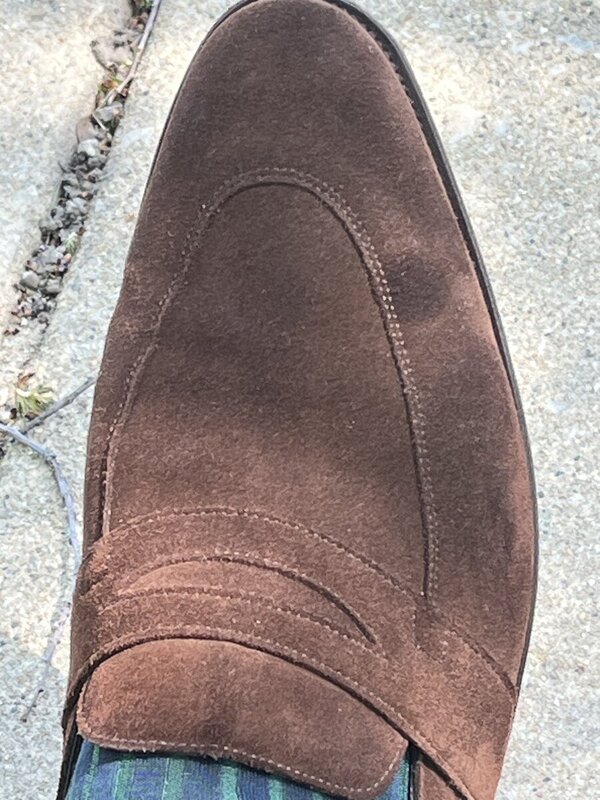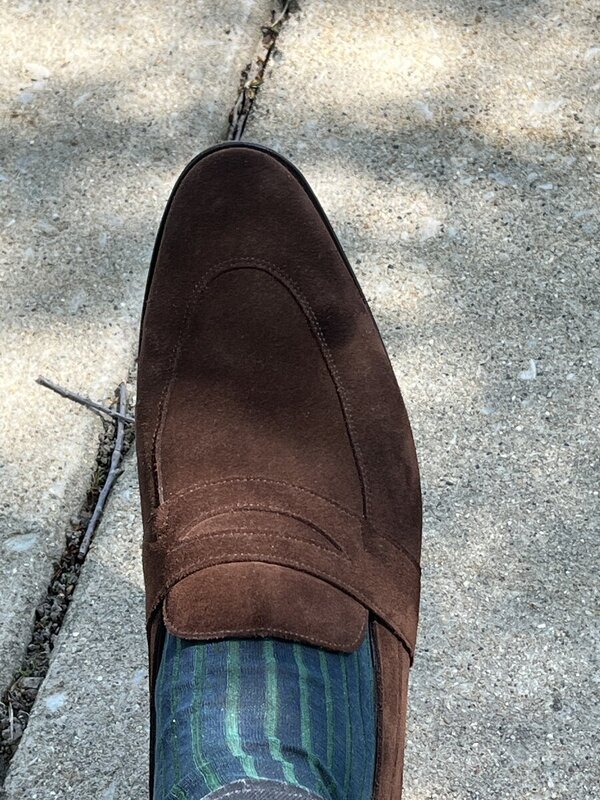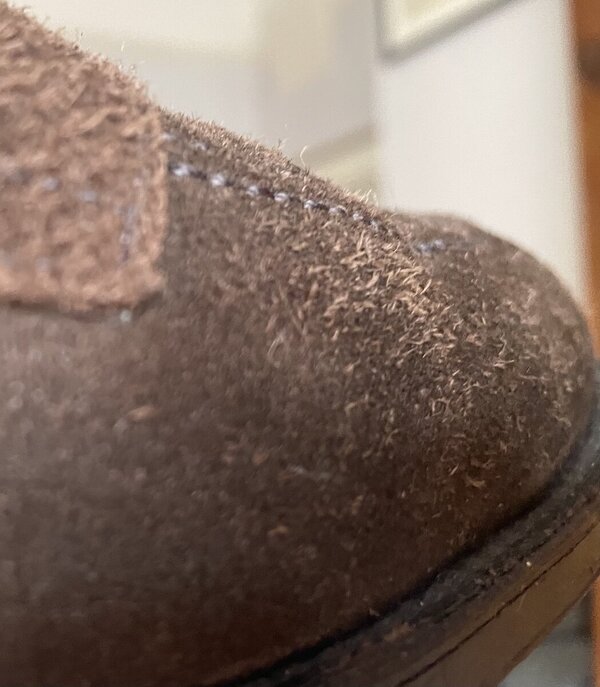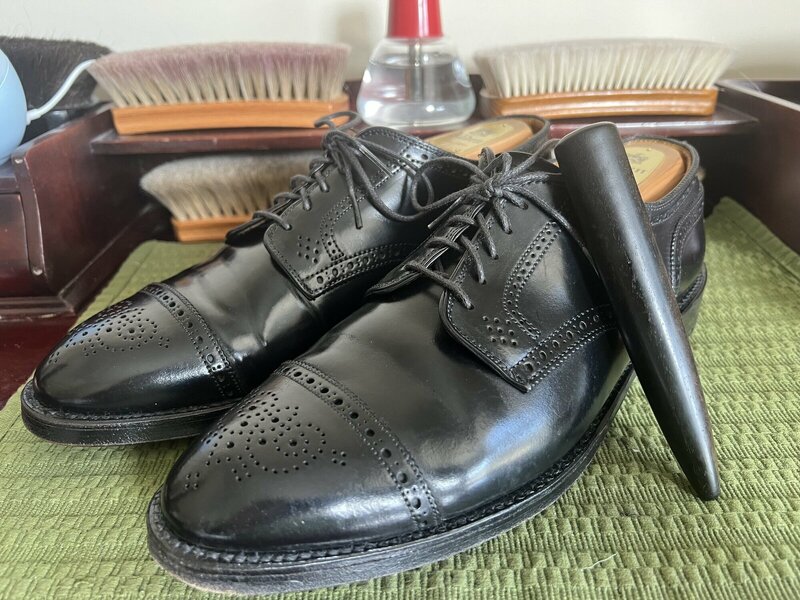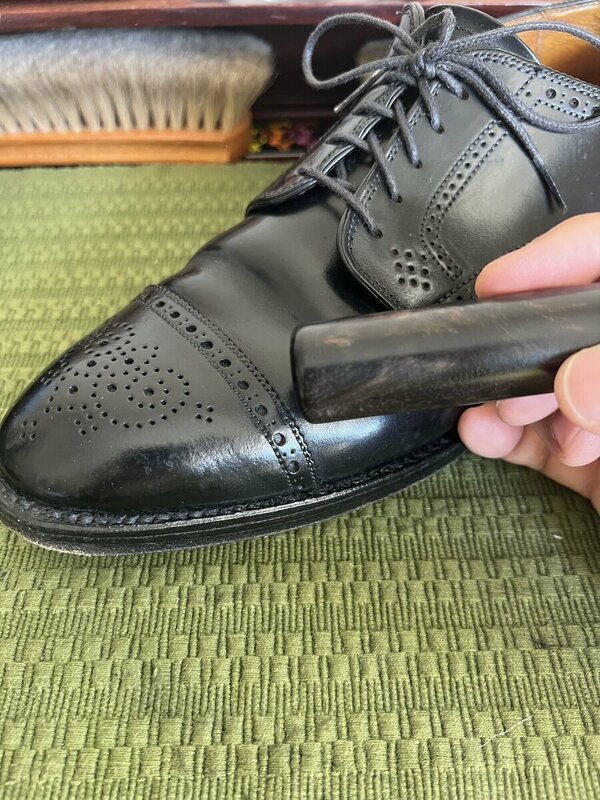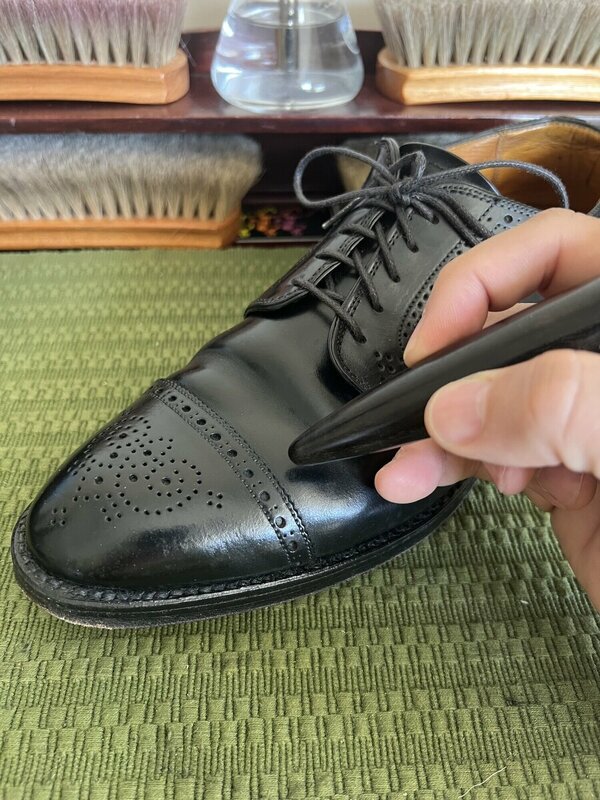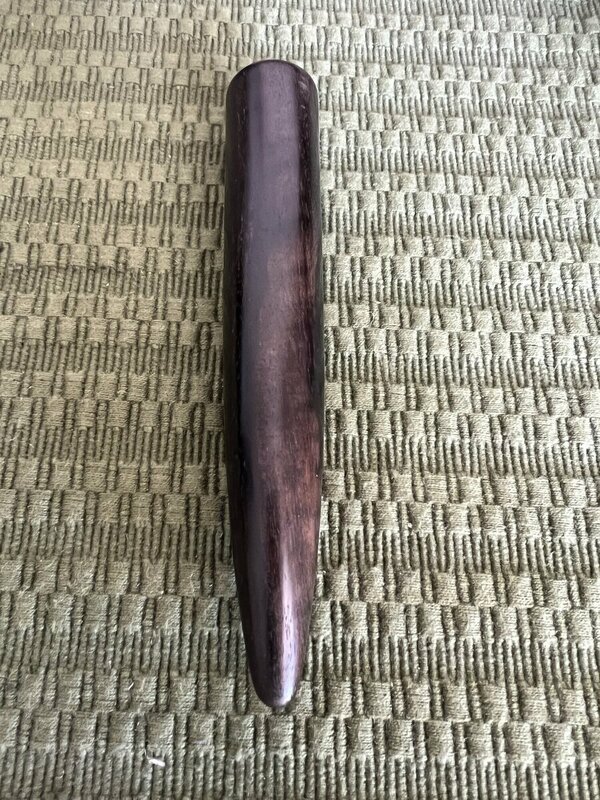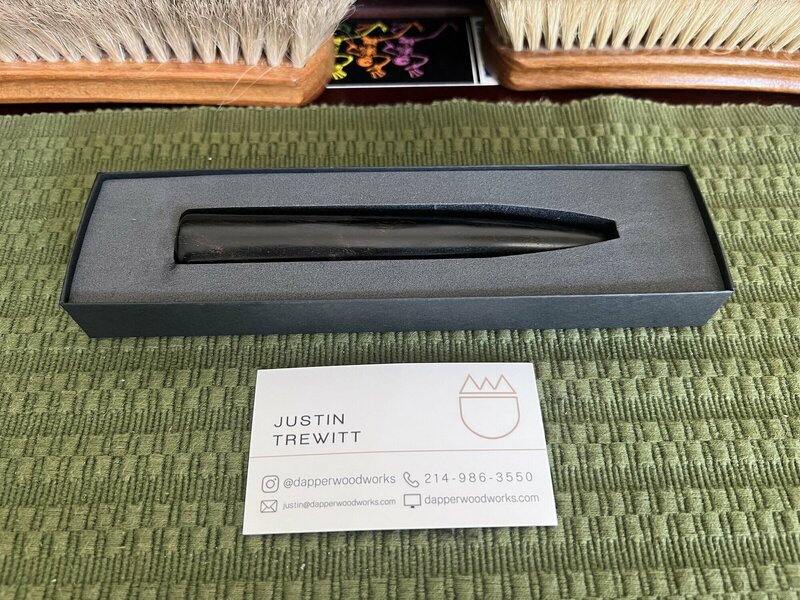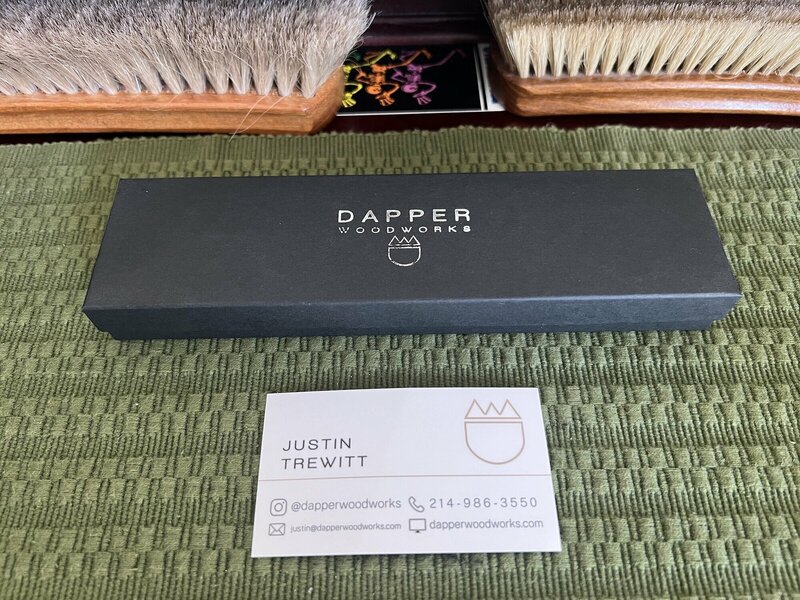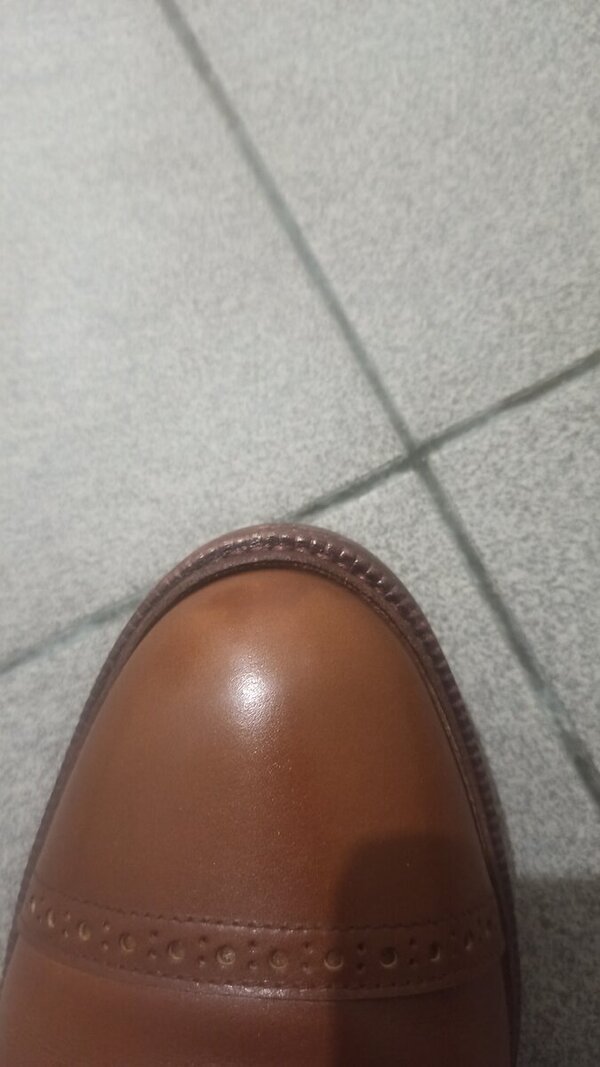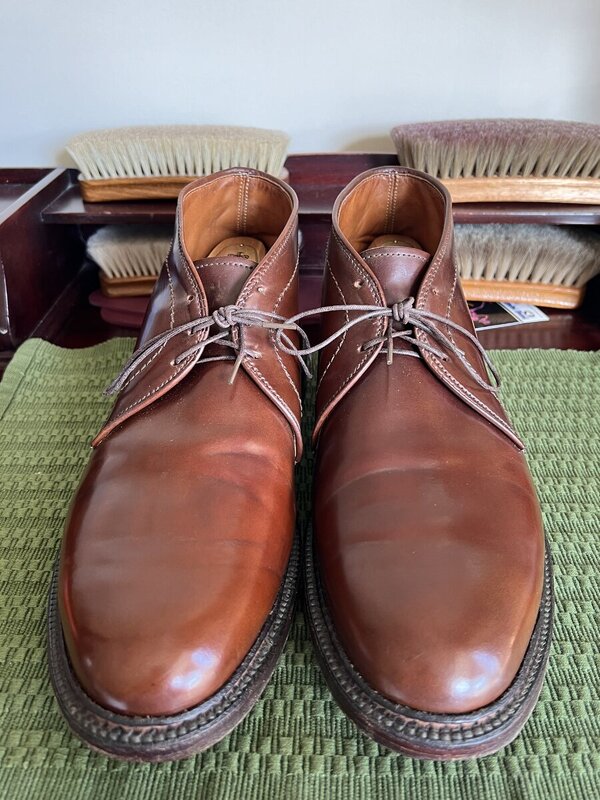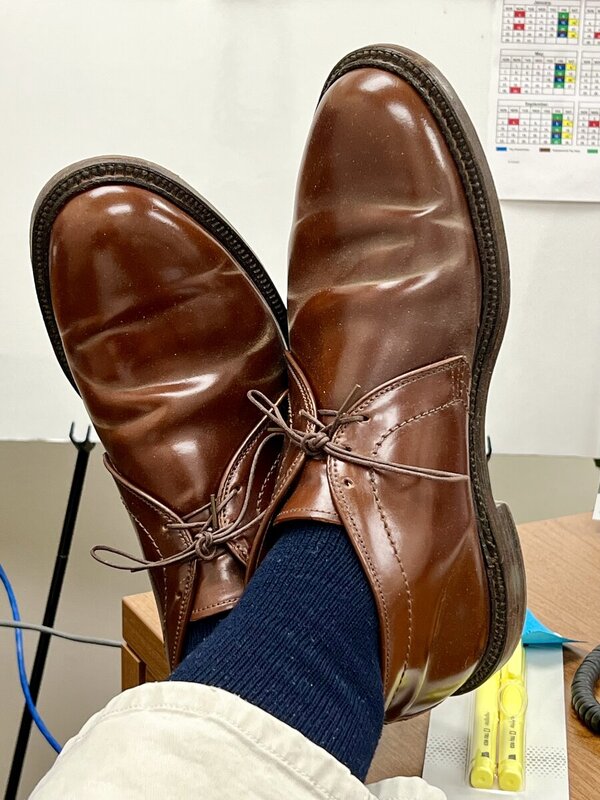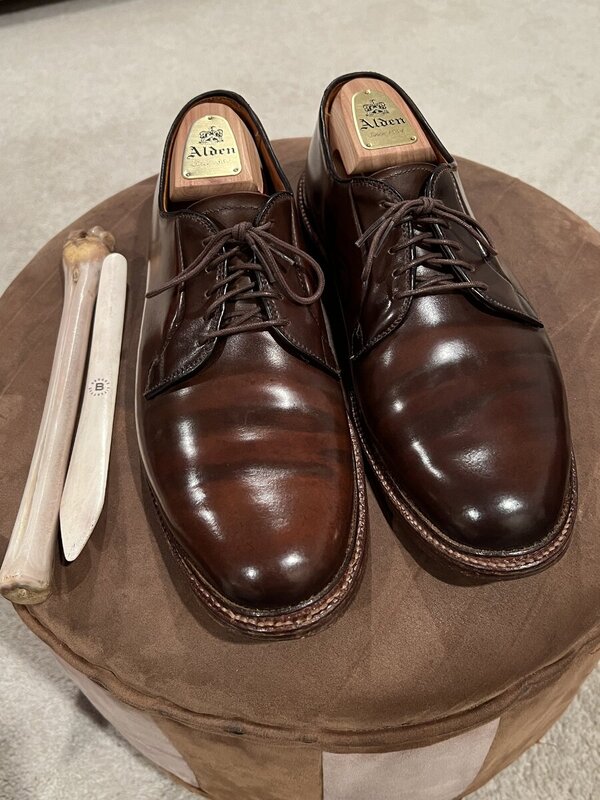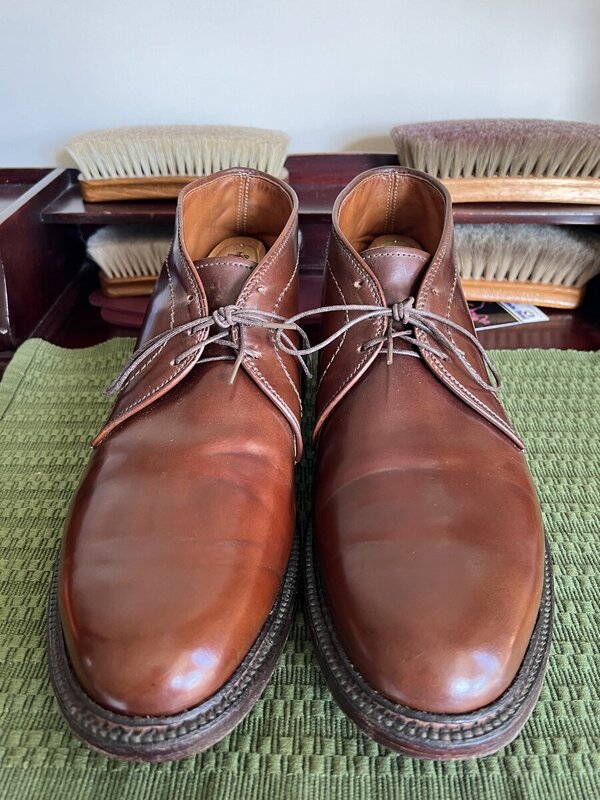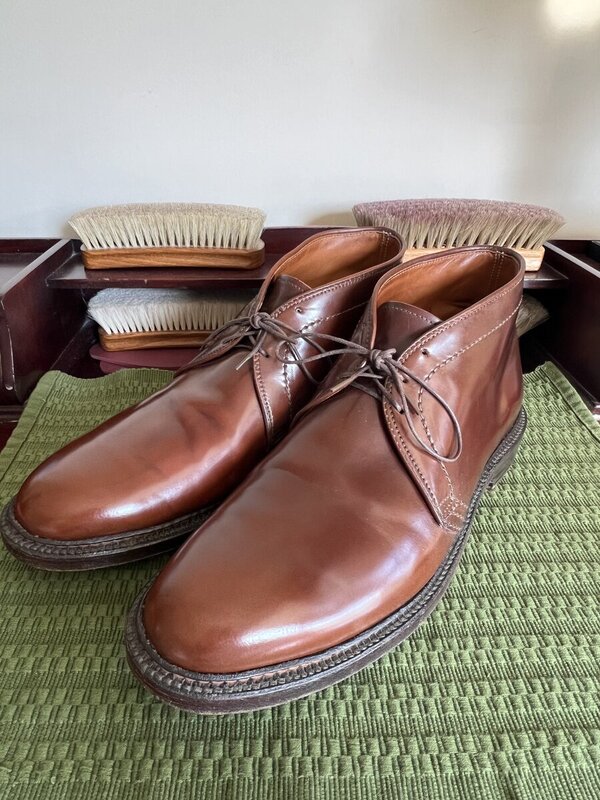MoneyWellSpent
Distinguished Member
- Joined
- Oct 4, 2012
- Messages
- 2,697
- Reaction score
- 1,178
I will check out those links when I am off my tablet, but I'll just say that I have seen a great many shell shoes that look entirely appropriate with a suit, and never once thought the material alone would render them less appropriate than calf.
Design has vastly more to do with the level of formality than material - at least, as between shell and calf.
Don't shoot the messenger.



















